What is an Improvement Exchange?
An improvement exchange, also known as a construction exchange or build-to-suit exchange, is a type of 1031 exchange that allows you to use the proceeds from the sale of your old property to make improvements on a new property before you take full ownership. This strategy can be particularly beneficial if the replacement property needs significant renovations or customizations to meet your needs.
In a typical 1031 exchange, you simply swap one property for another, deferring capital gains taxes. But what if the new property isn’t quite up to your standards, or you see potential for adding value through improvements? A 1031 improvement exchange gives you the flexibility to enhance your replacement property using the tax-deferred funds.
The Mechanics of an Improvement Exchange
How It Works
An improvement exchange allows you to reinvest the proceeds from your relinquished property into upgrades on the replacement property. Here’s how the process works:
- Identify the Replacement Property: First, you find a property that you want to purchase but that requires improvements.
- Engage a Qualified Intermediary (QI): A key player in any 1031 exchange, the QI holds the proceeds from the sale of your relinquished property and manages the construction process. The QI purchases the replacement property and holds it in an Exchange Accommodation Titleholder (EAT) structure during the improvement phase.
- Make the Improvements: Using the funds from the sale of your old property, the QI oversees the construction or renovations on the new property.
- Complete the Exchange: Once the improvements are completed (or within the 180-day exchange period), the QI transfers the newly improved property to you, completing the exchange and allowing you to defer capital gains taxes.
Why Choose an Improvement Exchange?
An improvement exchange is an ideal solution when the property you want to purchase needs significant upgrades to meet your investment goals. Whether it’s converting an old warehouse into modern office space or upgrading an apartment building to attract higher-paying tenants, an improvement 1031 exchange allows you to leverage the tax-deferred funds to create a property that better suits your needs.
The Benefits and Risks
Pros
- Customization: You can tailor the replacement property to meet specific requirements or maximize its value.
- Tax Deferral: As with other 1031 exchanges, an improvement exchange lets you defer capital gains taxes, freeing up more capital for the construction or renovation project.
- Increased Value: By investing in improvements, you can potentially increase the value of the property, leading to greater returns in the long term.
Cons
- Complexity: 1031 construction/improvement exchanges are more complex than standard exchanges, involving construction timelines, budgeting, and coordination between multiple parties.
- Time Constraints: You must complete the improvements and the exchange within the 180-day period, which can be challenging for extensive construction projects.
- Financing: Depending on the scope of the improvements, securing additional financing might be necessary, adding another layer of complexity to the transaction.
Is an Improvement Exchange Right for You?
An improvement exchange can be a powerful tool if you’ve identified a property with potential that needs upgrades or customizations. It’s particularly beneficial for investors looking to add value to their investment or those with specific needs that off-the-shelf properties can’t meet.
Consider Other Options If:
- You’re Looking for Simplicity: If the complexity of managing a construction project within the strict timeline of a 1031 exchange seems daunting, a standard exchange might be a better fit.
- The Property Doesn’t Need Upgrades: If the replacement property is already in ideal condition, a direct exchange without the improvement phase may be simpler and less costly.
Final Thoughts
A 1031 construction/improvement exchange offers a unique opportunity to customize your replacement property while deferring capital gains taxes. It’s a flexible option for investors who see potential in properties that need a bit of work or those looking to create a property that perfectly suits their needs.
However, this type of exchange comes with added complexity and time constraints, so it’s crucial to plan carefully and work with experienced professionals. If you’re considering an improvement exchange, make sure you have a clear vision for the property and a solid plan to complete the project within the required timeframe. With the right approach, a 1031 improvement exchange can be a powerful strategy to enhance your real estate portfolio and maximize your investment returns.

